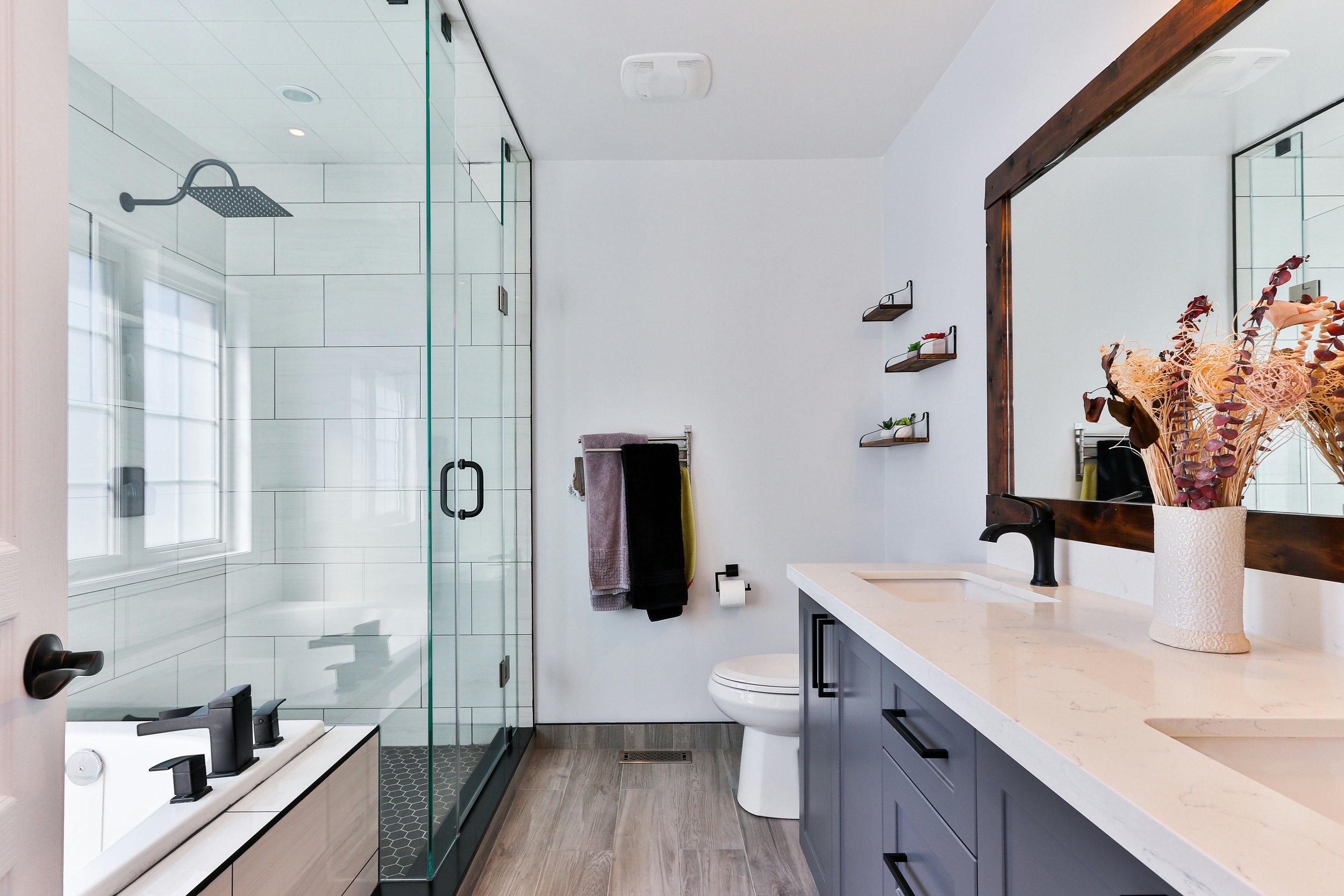DIY Residential Restoration Projects for Beginners
Discover easy DIY residential restoration projects perfect for beginners. Learn practical tips and step-by-step guides to transform your home with confidence.
Over the past few years, a lot of people have jumped on the DIY bandwagon. Online tutorials and home decor inspiration websites have fueled this trend. DIY projects keep a lid on your expenses. They showcase your taste, and you feel on cloud nine if they turn out as planned. However, DIYs can be a bit taxing, especially for beginners. But the final results are worth the effort. Gear up to learn the benefits of DIY home upgrades and some renovation ideas for beginners.
Benefits of DIY Home Renovation Projects
DIY restoration projects can bring numerous benefits to homeowners. Have a look at some of them:
1. DIY Projects Save Money:
While hiring professionals to renovate your home can cost you an arm and a leg, performing DIY tasks by checking websites like Pinterest so you can save pennies on labor costs. You only need to purchase the materials required for the upgrade.
2. Upgrade Your Home the Way You Like:
Are you thinking of creating your dream home? Consider restoring your living space yourself! DIY renovation gives you the freedom of customization. You have full control over the project design and its execution, so you can ensure the final results align well with your vision and preferences.
3. Boost Your Material Well-being:
The benefits of DIY projects go far beyond saving money. Such projects lift your mood and improve your mental health. They provide learning opportunities and can be quite fulfilling on a personal level. The results empower you with pride and a sense of accomplishment.
4. Improve your Home Value:
Create an aesthetically pleasing and functional living space with basic DIY projects. Refining home aesthetics is a smart way to draw more purchasers and increase your property’s resale value.
Beginner-Friendly DIY Restoration Project Ideas
Do you want to revamp your living space without going bankrupt? DIYs can be a great way to do it. We are sharing some beginner-friendly projects that will help you gradually build up your confidence and toolbox for higher-level renovations in the future. So, roll up your sleeves and get ready!
1. Paint the Walls:
Painting your walls can be the most convenient yet effective way to spruce up the aesthetics. Pick up the brush and get started. Follow these tips while painting the interior walls:
● Choose a color that harmonizes with your room furniture.
● Light color palette to make your room look spacious and vice versa.
● Choose pastels to create a serene ambiance.
● Bright colors like red, electric blue, and green are mood boosters as they exude positive and happy vibes.
Tools Needed:
If you’re planning to paint the interior walls of your home, you will require these tools:
● Paint of your choice
● Paint brushes
● Rollers
● Drop Cloths
● Painter’s Tape
Step-by-Step Painting Guide:
Preparing the Wall: Clean the wall with warm water and a sponge. If there is mildew, remove it.
Priming: Apply the primer. If you’re planning to paint a darker color, apply a deep base primer.
Cutting in: Use a 2.5-inch angle sash brush to paint along the ceiling line, corners, window and door frames, and switches.
Rolling: Pour the paint into the tray after placing a liner in it. Roll the roller sleeve along the paint to saturate it. Do not immerse the roller completely in the paint.
Painting: Apply the paint to the wall by rolling from the top so that each section overlaps the other by about 3 inches. Use light pressure to avoid drips.
Drying and Recoating: Let the paint dry completely. Once the first coat is dry, apply a second coat. At least two coats of the top product are required to ensure optimal color development.
2. Install Shelves for Extra Storage
Lack of storage space is a common dilemma in almost every household. New shelf installation is a practical DIY project for such a home. The shelves cannot only provide additional storage space but also revamp the home's aesthetics. These tips can help you opt for the right material for shelves:
● Consider installing natural wooden shelves to ensure durability and enhance the rustic charm of your country-style home.
● Metal shelves are a good option for humid areas in your home, like bathrooms, as they are rust-resistant and add an industrial vibe.
● Glass shelving goes well with traditional interiors and unique furniture. They are helpful in visually expanding the spaces.
Tools Needed:
You’ll need these tools and equipment for shelving:
● Measuring tape
● Screwdriver
● Pencil
● Shelves and anchors
● Drill
● Level
Step-by-Step Installation Guide:
This stepwise shelf installation guide can be of great help if you’re a beginner:
Find studs in the wall: Identify the place on the wall where you want to mount the shelves. Locate studs in your wall using a stud finder. Studs provide stronger support for the shelves without damaging the walls.
Measure and mark: Use a measuring tape to get an estimate of the desired height and space where you will install the shelves on the wall. Mark these points with a pencil.
Drill holes: Drill pilot holes at the points you’ve marked.
Screw the brackets: Tightly secure the brackets into place using screws after aligning them with the holes.
Attach the shelf: Mount the shelf on the top of the brackets and secure it according to the tip type. You might need extra screws at this step.
Evaluate: Use a level to check if the installed shelves are straight. Gently pull the shelf to check if it is stably and securely attached to the wall.
Conclusion
DIY renovation projects are like a silver lining for your finances and home improvement. Grab your tools to evaluate your home aesthetics and boost your mental health. If you are a beginner looking for do-it-yourself ideas to revamp your interior, consider painting a wall in your room or installing some new shelves for storage or decor. Follow our stepwise guide for these projects.





